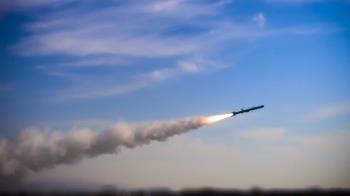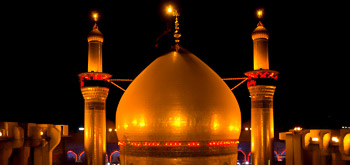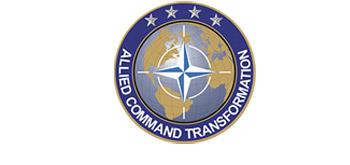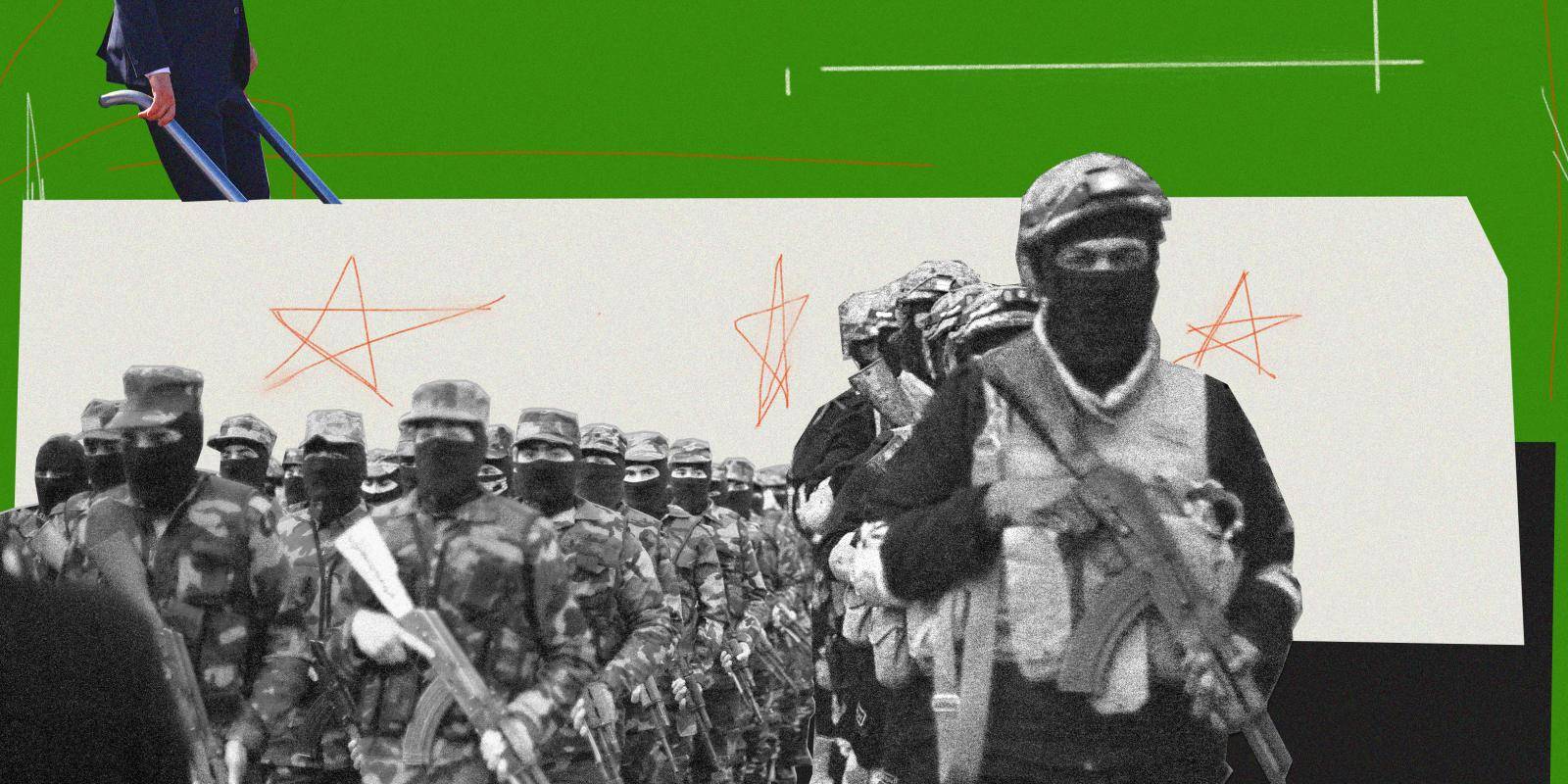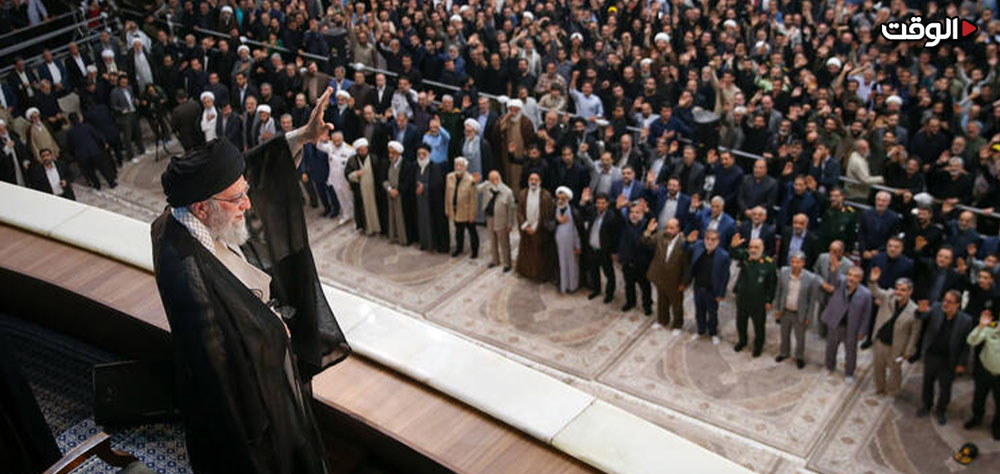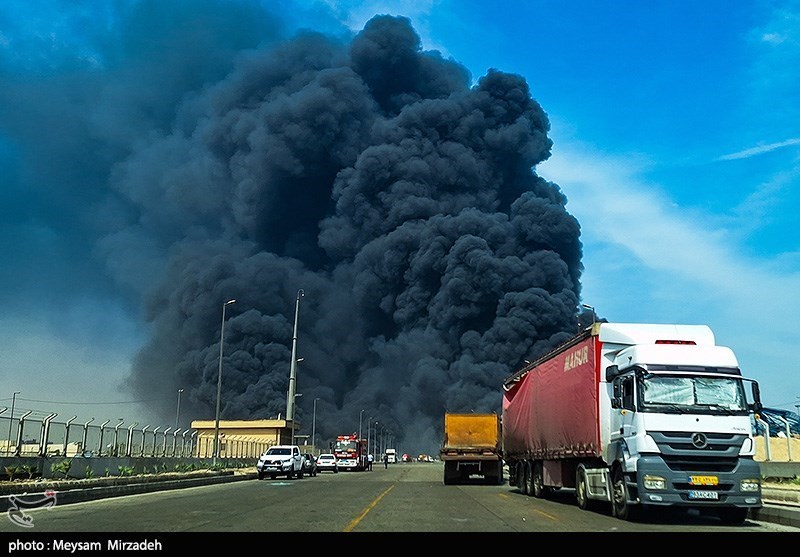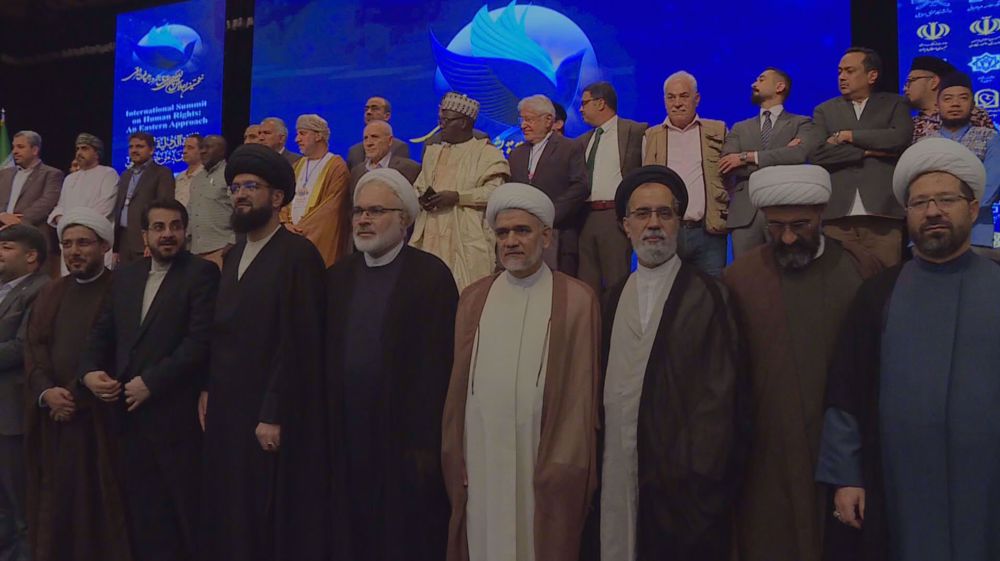Alwaght- In one of the most controversial developments after rise to power in Syria of armed groups, reports talk about the US green light to integration of some foreign militants in the military and security structure under leadership of Abu Mohammad al-Jolani as the leader of the Hayat Tahrir Al-Sham (HTS) and the interim president of New Syria. The decision comes as many of these fighters have records of membership in such terror groups as ISIS, Al-Nusra Front, and extremist organizations. This report sheds light on the security repercussions of this decision and the US aims behind it.
Foreign militants in Syria: Figures and records
The issue of the presence of foreign militants in Syria dates back to the beginning of the civil war in 2011 and the widespread intervention of regional and international actors to overthrow the country's political system led by Bashar al-Assad through violence. Estimates by international research centers such as the Soufan Group and ICSR indicate that during the Syrian war, between 40,000 and 60,000 foreign fighters from more than 100 countries entered the country. These militants were mainly from the following countries:
- Chechnya, Dagestan and other regions of the Caucasus (under the banners of groups such as Jaysh al-Muhajirin and al-Ansar, Al-Nusra Front, etc.)
- Central Asia (Uzbeks, Tajiks, Kyrgyz and Chinese Uyghurs)
- Arab countries (Tunisia, Algeria, Morocco, Jordan, Saudi Arabia, Iraq, Egypt, etc.)
- Europe and the West (France, Germany, Britain and the US)
However, there are currently no accurate statistics on the number of foreign militants in the ranks of the armed groups ruling Damascus. Although many prominent non-Syrian figures were openly promoted to senior military and security positions after capture of Damascus by the HTS and its allies in December, the new regime under al-Jolani, officially named Ahmad al-Sharaa, has consistently avoided transparency on the matter. It is noteworthy that six foreign fighters have been promoted to the new ministry of defense since December, drawing international criticism.
Now it is said that under the absorption plan, about 3,500 foreign fighters, mainly from Uyghurs of China and Central Asians, join a freshly formed unit dubbed Brigade 84, which will include Syrians too.
Can al-Jolani’s government control them?
Sources close to the Syrian Defense Ministry told Reuters that al-Jolani argues to Western officials that integrating foreign fighters into the army poses fewer security risks than leaving them unmonitored, as doing so could drive them back into the ranks of Al-Qaeda or ISIS.
But behind this argument, other perspectives can also be put forward, especially the view that al-Jolani and his foreign supporters are extremely concerned about the rebellion of this group of militants against being ordered to leave Syria because they have fought in Syria for years and now claim a share of the rule for themselves, and on the other hand, many countries refuse to accept them because of their membership in terrorist groups. A look at the history of more than a decade of activity of these groups shows that despite linguistic, racial and ideological differences, rebellion, separatism and intra-group disputes have always been part of the behavioral character of the takfiris, which al-Jolani is well aware of.
Many of these people have joined terrorist groups such as ISIS, Al-Nusra Front (now operating under the new name Hayat Tahrir al-Sham) and other takfiri groups under the name of “mujahideen”. The UN and many countries, including Russia, China and Iran, have put these groups on the terrorist list.
The next question after receiving citizenship and joining the Syrian army is whether these fighters are willing to abandon their takfiri ideology. In other words, even assuming that al-Jolani is sincere in changing his ways, which many analysts doubt, the question remains whether he has the ability to manage thousands of armed fighters with a violent record and sectarian ideology.
Many of these people have been under years of radical teaching and they are hard to change their extremist ideologies. A large number of them have accepted integration into the Syrian army due to the lack of alternative options, financial needs, or for being granted Syrian nationality and have announced no guarantee for official ideological conversion.
The spread of sectarian violence and the bloody repression of the Alawite and Druze minorities in less than six months since the militants came to power have seriously questioned al-Jolani’s will and ability to contain the takfiri militants within his ranks.
For example, on December 26, 2024, Alawite protesters across the country expressed their anger in response to the burning of the shrine of Hussein bin Hamdan al-Khasibi, a Shiite figure. In the video, Uzbek-speaking gunmen, reportedly linked to the HTS, insult and attack the holy sites of the Alawite minority.
This escalated in the following weeks into a massive offensive against Alawite-majority areas on Syria’s western coast, which resulted in a human rights catastrophe. According to the Syrian Observatory for Human Rights, a London-based rights monitoring group, more than 1,700 people, including women and children, from the Alawite minority were killed in the attacks by forces under the command of the HTS.
US aims
Aware of the consequences of this decision, the US seems to be advancing this plan to press its rivals. However, in the long run, this policy can work like a ticking bomb in West Asia and beyond.
Absorbing Uyghurs and Chechens into an organized and semi-official military structure could be instrumentalized for geopolitical pressure against Russia and China. Washington could increase pressure on these two rivals with this move.
Beijing and Moscow have warned that the presence of foreign fighters in Syria poses a threat to regional security.
These countries are afraid that the military experience of these forces could be used to fuel internal rebellions in the Muslim republics of Central Asia or the Xinjiang region of China.
The Uyghurs, under the banner of the Turkestan Islamic Party, are considered a potential threat to China's internal security. The history of bloody conflicts in Xinjiang and the strict policies of the Chinese government against Muslims in this region have increased concerns about the transfer of terrorism from Syria to China.
Understanding the US scenario in Syria, the spokesperson of the Chinese Foreign Ministry said: "China hopes that Syria will respond to the concerns of the international community by confronting all forms of terrorism and extremist forces."
As for the threat to Russian security interests, it is likely that Chechens and Dagestanis who have fought in Syria for years may now return to their homeland or use Syrian soil as a launching pad for attacks on Russian interests in West Asia region. For the Kremlin, this represents a strategic concern.
The US may seek alliance with a weak and reliant government in Syria to prevent strengthening of the Axis of Resistance, too. Many of these fighters have takfiri views, running counter to the aims of the Axis of Resistance. This American plan can fuel instability in Iraq and Lebanon.
Therefore, membership of foreign militants in a US-backed military structure in Syria is not only not the end of a crisis but also can be the beginning of a new one in the region. This decision many ostensibly present a field solution helping manage the foreign militants, but it makes a basis for long-term destabilization, geopolitical rivalry, and manipulation of radical fighters that can once again create a global threat.


